Coolieween
Artist Statement
Donne Dojoy. Vanessa Bailey. Omwattie Gill. Riya Rajkumar. Stacy Singh. Vanessa Zaman. Christina Sukhdeo. The names listed here are just a mere fragment of the lists upon lists of diasporic Indo-Caribbean women who have been injured, harmed, and murdered at the hands of heteropatriarchal power – whether that be in the form of their parents, community members, or even intimate partners.
We know the names of these women not only because we hear about them in the news but because we have seen these acts of death in multiple forms in our everyday lives and families, oftentimes passing through us generationally, physically, emotionally, unsolved and unhealed.
These forms of gendered and racialized violence are not just contained to the realm of the past, history, and that which can be unheard, unseen or unfelt today. Rather, these harms enacted upon the women mentioned above remind us time and time again how the afterlife of colonialism is not really an afterlife at all – but a continuity, an ongoing maintenance and a harmful lingering of regimes of power.
In “Coolie Woman”, journalist Gaiutra Bahadur notes that just like the women named above, during indenture an overwhelming majority of Indo-Caribbean women’s deaths were caused at the hands of kin, those in close relation, and specifically intimate partners. Some of these acts were known as “wife murders” where death became the consequence of the surveillance and regulation of Indo-Caribbean womens sexualities – particularly as the mere potential of infidelity, immodesty, or non-respectable behaviour was enough justification for their death. Between 1886 to 1890, Bahadur found that the noses of indentured Indo-Caribbean women – representative of womens honour – were a particular target for Indo-Caribbean mens hands and cutlasses.
In the next series of images you will see, I work through the traces of these violent histories of Indo-Caribbean misogyny that have been left behind in our houses, songs, language, families, communities, and bodies. I want to think of these women, whose names and faces we will never be able to hear, read or see, and the call to action and activism their stories bear on us.
The outfits we are wearing are not meant to be historically accurate but draw upon documented visual references of Indo-Caribbean indentured labourers, as well as the stories and lessons that have been passed down to us through our elders in our material worlds, those both here and gone. I want to reflect upon the strength, resilience, and transgressive force these women carried that colonialism and heteropatriarchial power tried to eradicate, and how their pedagogies of resistance cannot be silenced, even in death.
Lastly, I want to remind those in Indo-Caribbean communities, that this history is not insular or monolithic. It is not just about Coolie folk. As the history of the Caribbean has always taught us, it was never about just one group, or struggle but rather the crossings of movement, bodies, and injustices that frame our contemporary forms of being, and living.
Drawing upon the memory, and lessons that move through our bodies, I also want to think about how, like our ancestors, we are still in a time where our call to action, coalition, and resistance against all oppressions demands insurgency. This extends beyond the mythology for the pursuit of liberation for a contained Indo-Caribbean “us”.
All power structures, including the ones we can and cannot feel, have been built through co-existence, collaboration, and dialogue – whether it be global anti-blackness, anti-indigeneity, classism, homo- /transphobia or any other namings and manifestations of the viral pollutant of injustice(s). May the lessons of these unknowable indentured lives remind us of that collective pursuit.
Collaborators
Concept and Creative Direction: Tifa Wine/Ryan Persadie, @tifa.wine
Makeup: Tifa Wine/Ryan Persadie, @tifa.wine, Anjuli Shiwraj, @shivanjali.arts
Costume Design and Construction: Anjuli Shiwraj, @shivanjali.arts
Models: Tifa Wine/Ryan Persadie, @tifa.wine, Premika Leo, @realpremshady, Anjuli Shiwraj, @shivanjali.arts
Photography: Mashal Khan, @mashalkkhan
Follow this project by connecting with Tifa Wine on Instagram.






